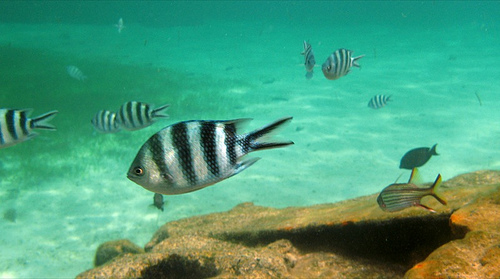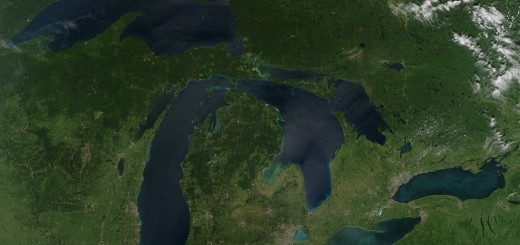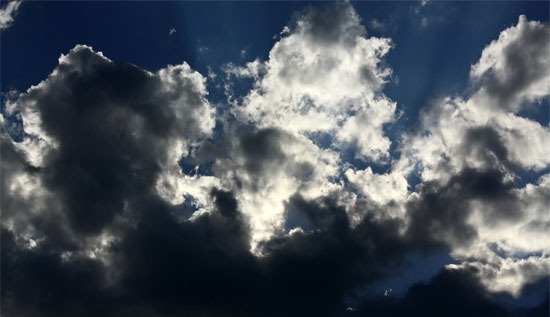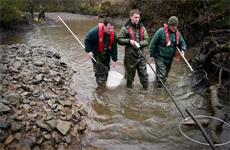Pollution Biggest Driver Of Nuisance Algal Blooms In European, North American Lakes
0Scientists at the University of Nottingham and McGill University have found that pollution is the biggest driver for nuisance algal blooms in European and North American lakes, according to a release from U. Nottingham. They analyzed blue-green algae concentrations in more than 100 lowland and alpine lakes to make the find.
The study is published in the journal Ecology Letters and its findings not only point to pollution as the central cause for a rise in blue-green algal blooms but also delve into the complications that climate change can bring about.
“We found that cyanobacterial populations have expanded really strongly in many lakes since the advent of industrial fertilizers and rapid urban growth,” said Zofia Taranu, a doctoral student in the department of biology at McGill, in Laboratory Equipment. “While we already knew that cyanobacteria prefer warm and nutrient-rich conditions, our study is also the first to show that the effect of nutrients, such as phosphorus and nitrogen, overwhelm those of global warming.”

A lake in England’s Lake District. (Credit: Flickr User Donald Judge via Creative Commons 2.0)
Data collection for the work involved taking core samples of sediment from lakes in major lake districts of the British Isles: the English Lake District, West Midland Meres, Scottish lochs and many upland lakes in Northern Ireland. Those and other samples from lakes in North America helped researchers key in on algal pigments that remain stable for thousands of years. The pigments were able to show how algae levels had changed in water bodies over time.
The analysis revealed that, over the past 200 years, 58 percent of the lakes included in the study had experienced significant increases in levels of blue-green algae pigments. Those lakes lying in lowland areas in agricultural catchments were the most likely to exhibit such changes, researchers say.

Scotland’s Loch Ness. (Credit: Flickr User Dave Conner via Creative Commons 2.0)
As a result of their findings, scientists are calling attention to the need to better address nutrient pollution.
“Our work shows that we need to work harder as a society to reduce nutrient discharges to surface waters,” said Irene Gregory-Eaves, associate professor of biology at Mcgill and study co-author, to Laboratory Equipment. “Because diffuse nutrient loading is the main issue, we need to build collaborations to tackle this complex problem. For example, partnerships among freshwater scientists and farmers are starting to happen, and more of this needs to take place, so that we can strike a balance between maximizing crop yields and minimizing excess fertilizer applications.”













